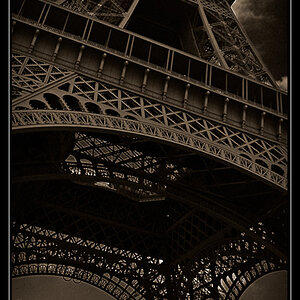cameramike
TPF Noob!
- Joined
- Sep 4, 2007
- Messages
- 875
- Reaction score
- 0
- Location
- NJ
- Website
- www.mikedifilippo.com
- Can others edit my Photos
- Photos OK to edit
So, maybe i'm just stupid but i can't seem to understand the different types of metering. On my camera (canon xti) i have the options of evaluative, partial, center - weighted average metering. so pretty much when would you use what?












